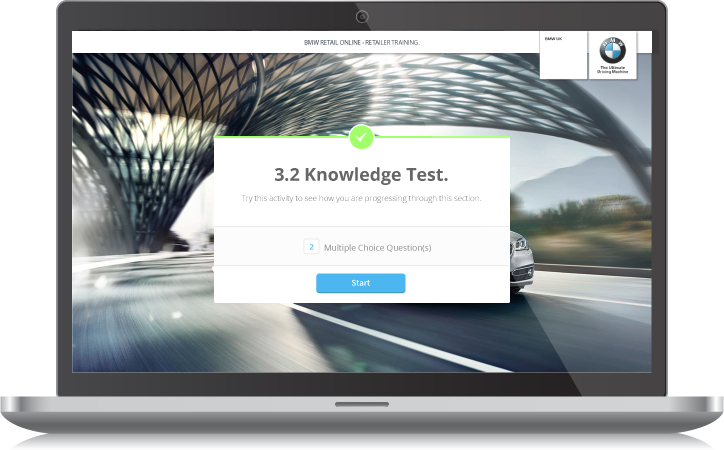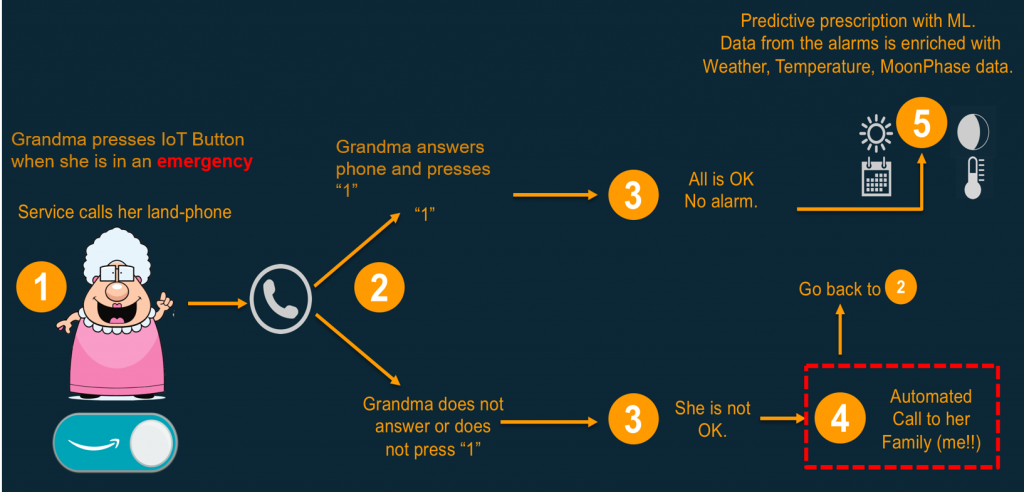AWS Public Sector Blog
Category: Compute
Creating a serverless GPS monitoring and alerting solution
To help solve a few challenges I faced with my family, including the need to track the location of a child, I needed a serverless global positioning system (GPS) monitoring solution. Commercial geographic monitoring GPS solutions are not cost-effective because of the cost of digital map licenses from third parties and running servers around the clock. Existing GPS systems work with proprietary GPS devices that lock-in the users’ vendors’ devices. My solution? Build my own serverless GPS monitoring and alerting solution.
Tracking global antimicrobial resistance among pathogens using Nextflow and AWS
The Centre for Genomic Pathogen Surveillance (CGPS) is based at the Wellcome Genome Campus, Cambridge and The Big Data Institute, University of Oxford in the United Kingdom. Much of its work involves collaborating with laboratories around the world to enhance genomic surveillance by using big data, engineering, training, and genomic capacity building. Ultimately, the Centre hopes to enable the linking and real-time interpretation of data globally to track pathogens and antimicrobial resistance at an affordable rate. Typically, spikes in cost for research are a common challenge for laboratories. With the cloud, the team wanted to mitigate their costs, and particularly those of their partners in low and middle-income countries, by exploring the Amazon Web Services (AWS) Cloud’s pay-as-you-go infrastructure.
Upgrade to the newest Amazon EC2 M5 and R5 instances and save
Your workloads have different characteristics and may have evolved over time, making it challenging to support them with high-performing, scalable and low-cost computing. That’s why we’ve added new Amazon Elastic Compute Cloud (EC2) instances that come with the latest processor technology, to help you optimize your workloads even more and save.
To democratise educational access and experience for millions of students worldwide, CDSM depends on the cloud
CDSM Interactive Solutions Ltd (CDSM), founded in 1998, is a multi-faceted EdTech company that provides bespoke e-learning services and Thinqi, a next generation learning management system (LMS), to the state education sector. We spent some time with two of CDSM’s more senior colleagues, Steve Finch, Head of Marketing, and Darren Wallace, Chief Technical Officer, both of whom have been with CDSM since the early 2000s.
Proteins wiggling and jiggling: The University of Nottingham’s Crossbow project paves a new path for biomolecular research using high-performance computing (HPC) and the cloud
The University of Nottingham has a history dating back to 1881, and while the university is now global with campuses in China and Malaysia, its flagship campus remains in the UK. Today, the university’s research efforts span nearly every discipline. One current project is Crossbow, a new, open source software project conceived and developed by Dr. Christian Suess, a research fellow at The University of Nottingham in conjunction with principal investigator Prof. Charlie Laughton, professor of computational pharmaceutical science. Crossbow is based out of the school of pharmacy at the University of Nottingham, where there is a particular interest in researching the design of new medicines using computer simulations of drugs and proteins.
Embracing the cloud for climate research
Scientists at NC State University’s North Carolina Institute for Climate Studies (NCICS) work with large datasets and complex computational analysis. Traditionally, they did their work using on-premises computational resources. As different projects were stretching the limits of those systems, NCICS decided to explore cloud computing. As part of the Amazon Sustainability Data Initiative, we invited Jessica Mathews, Jared Rennie, and Tom Maycock to share what they learned from using AWS for climate research. As they considered exploring the cloud to support their work, the idea of leaving the comfort of the local environment was a bit scary. And they had questions: How much will it cost? What does it take to deploy processing to the cloud? Will it be faster? Will the results match what they were getting with their own systems? Here is their story and what they learned.
Building scalable WordPress sites for public institutions on Amazon Lightsail
Countless popular websites maintained by public institutions – including whitehouse.gov and PMIndia.gov – are built on the WordPress platform. It’s essential that these sites are highly scalable. Amazon Lightsail helps ensure that they can handle high-traffic situations. These sites often require on-demand scaling during high-traffic spikes, for example, when media coverage mentions government websites or an educational institution is registering during admissions season. Given these requirements, if the website isn’t set up properly, the features that make WordPress popular for public websites can sometimes become a challenge to manage.
Grandma Emergency Button: A simple emergency alert solution with AWS IoT Button
My grandma is 88-years old with reduced mobility. She lives alone, without a caretaker, in a small village. If she falls, then she is in danger. If something goes wrong when she’s in bed, she might need assistance. With an AWS IoT button, she can call for help in a simple way and potentially save her life. Her village provides free Wi-Fi coverage, so I built an emergency alert system using AWS. When she clicks the AWS IoT button, a series of events will take place to get her the assistance she needs. This can help her in difficult situations. It’s a solution that others can create as well. In this blog post, I’ll show you how to get started.







